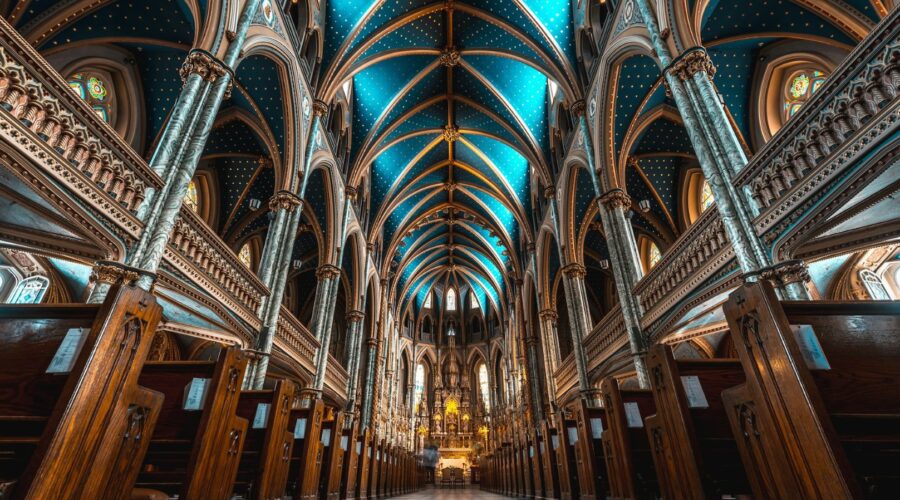Your cart is currently empty!
Annunciation: The Angelic Proclamation of Christ’s Birth

A Profound Event in Christian History
The Annunciation, a pivotal moment in Christian tradition, marks the announcement by the angel Gabriel to the Virgin Mary that she would give birth to Jesus Christ, the Son of God. This extraordinary event holds immense significance for shaping the course of human history.
The Scriptural Account
The Annunciation is described in the Gospel of Luke (1:26-38). According to the biblical narrative, the angel Gabriel appeared to Mary, a pious young woman engaged to Joseph, a carpenter from Nazareth. Gabriel announced, “Greetings, you who are highly favored! The Lord is with you; blessed are you among women.”
Mary was initially troubled by the angel’s words, but Gabriel reassured her by explaining that she had found favor with God and would bear a son who would be “holy” and “called the Son of God.” Mary, in faith and obedience, responded, “Behold, I am the servant of the Lord; let it be to me according to your word.”
The Significance of the Annunciation
The Annunciation carries profound religious and theological implications:
1. The Incarnation:
The Annunciation marks the beginning of the incarnation of Jesus Christ, the divine Son of God, taking human form. Through Mary’s consent, the eternal Word became flesh, bridging the gap between heaven and earth.
2. The Prophecy Fulfilled:
The Annunciation fulfilled the prophecy of Isaiah (7:14), which foretold that a virgin would give birth to a son who would be called Immanuel, meaning “God with us.”
3. The Role of Mary:
Mary’s role in the Annunciation is pivotal. Her obedience and faith not only enabled the birth of Christ but also set the stage for her future role as the mother of Jesus.
The History of the Annunciation
The Annunciation has been depicted and celebrated in Christian art, literature, and music throughout history:
1. Early Christian Art:
In early Christian catacombs and mosaics, the Annunciation is often portrayed as Mary being visited by the angel Gabriel, who is typically depicted with wings.
2. Medieval and Renaissance Art:
During the Middle Ages and Renaissance, the Annunciation became a popular subject for painters such as Giotto, Fra Angelico, and Leonardo da Vinci. These works often depicted Gabriel as holding a lily, a symbol of purity, and Mary as holding a book, representing her literacy.
3. Music and Literature:
The Annunciation has inspired numerous musical compositions, including “Ave Maria” by Schubert and “The Annunciation” by Benjamin Britten. It has also been the subject of poetry and prose, such as the poem “The Annunciation” by W.H. Auden.
The Annunciation Today
The Annunciation remains a significant event in Christian tradition, commemorated annually on March 25th. Christians reflect on the biblical account, celebrate the Incarnation, and marvel at the role of Mary as the Mother of God. The Annunciation continues to be a source of hope, faith, and inspiration for believers worldwide.
Additional Information
1. Feast of the Annunciation:
The Feast of the Annunciation is celebrated on March 25th by both Western and Eastern Christians. It marks the beginning of the liturgical year in the Roman Catholic Church.
2. Theological Reflections:
Theological scholars and philosophers have devoted much discussion to the Annunciation, exploring its implications for the nature of Christ, the role of Mary, and the relationship between God and humanity.
3. Marian Devotion:
The Annunciation plays a central role in Marian devotion, which venerates Mary as the Mother of God and a model of humility and obedience.